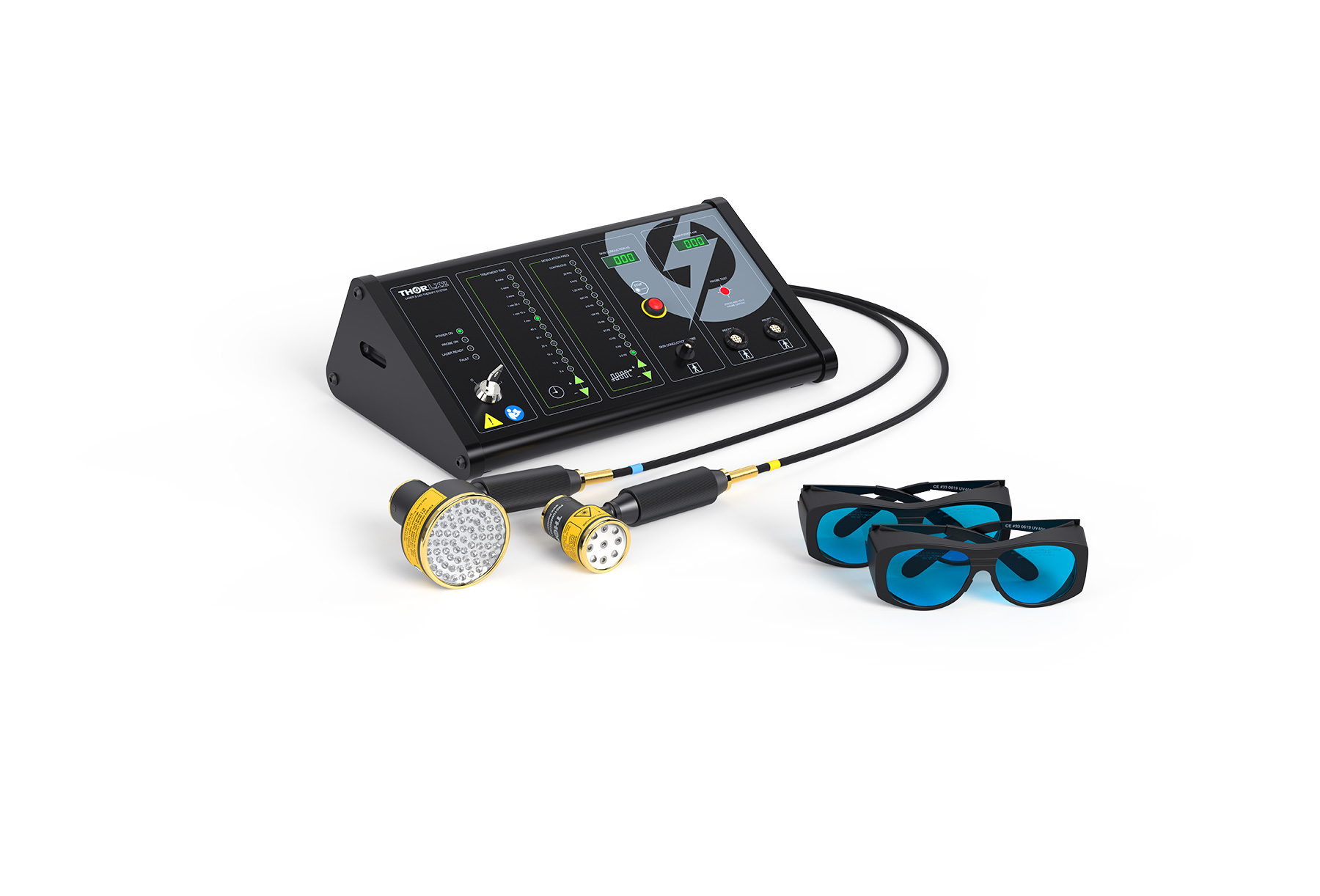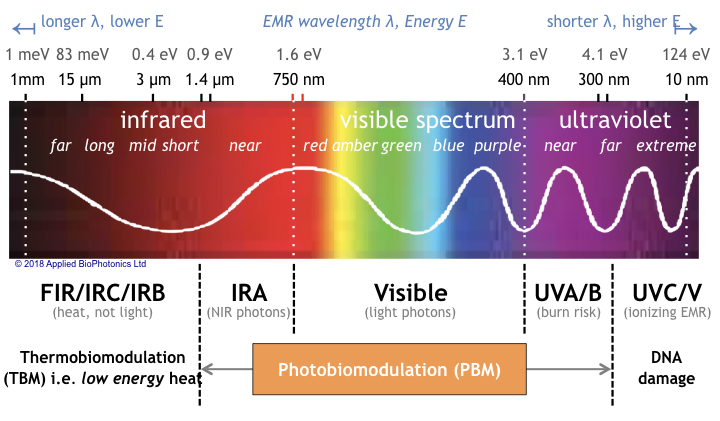A Biased View of Photobiomodulation
Wiki Article
Not known Incorrect Statements About Photobiomodulation
Table of ContentsHow Photobiomodulation can Save You Time, Stress, and Money.Little Known Facts About Photobiomodulation.The Single Strategy To Use For Photobiomodulation9 Simple Techniques For Photobiomodulation
Laser therapy is a clinical treatment that makes use of concentrated light to stimulate a procedure called. During PBM, photons get in the tissue and interact with the cytochrome c complex within mitochondria. This interaction triggers a biological cascade of occasions that causes a boost in cellular metabolism, which can in addition to increase the healing procedure.There is agreement that the application of a healing dose of light to damaged or dysfunctional cells results in a mobile action moderated by mitochondrial devices. Photobiomodulation. Studies have revealed that these modifications can impact discomfort and inflammation, along with, cells repair service
Modifications in ATP, responsive oxygen species and nitric oxide comply with light absorption by Cc, O. These results are redox state and dose dependent.

Getting My Photobiomodulation To Work
PBM tools have actually been gotten rid of for marketing by FDA through the Premarket Notification/510( k) procedure as adjunctive devices for the temporary alleviation of pain. These clearances were based upon the discussion of medical data to sustain such insurance claims (Photobiomodulation). In this treatment, a source of light is positioned near or in contact with the skin, permitting the light energy (photons) to penetrate cells where it interacts with chromophores found in cells causing photophysical and photochemical modifications that lead to changes at the molecular, cellular and tissue levels of the bodyRemarkably, recent research suggests that light can enhance efficiency in regular tissues and cells. The possible applications of PBMT are various and are being explored experimentally at the basic science, pre-clinical and professional level. The existing clinical uses are for the alleviation of pain and swelling and the treatment of sports injuries.

The therapy parameters and variety of sessions needed for PBMT are reliant upon location and reason. PBMT usually needs greater than one therapy for optimal pain i loved this alleviation. It might take a number of treatments for the results to end up being obvious. records that it can take anywhere from 8 to 30 sessions for a therapy to be fully reliable, and some people locate it required to undergo treatment two to 4 times per week.
See This Report on Photobiomodulation
Treatment criteria for PBMT were originally established making use of cells artificial insemination and in small animal versions. These treatment specifications usually had a reduced irradiance and fluence and functioned well for cutaneous applications. Nevertheless when medical professionals started to utilize PBMT to treat frameworks that lay deeper in the body, they utilized these criteria with adverse results.
We currently comprehend that these adverse research studies were due to inaccurate gadget and therapy specifications for transcutaneous therapy of much deeper frameworks. Current anonymous breakthroughs in laser therapy devices and even more study right into the appropriate does have significantly improved the results of PBMT. For dealing with deep cells, the wavelength of light used establishes the depth of penetration click resources into a cells.
Therefore, it is essential that a clinician makes use of the appropriate wavelength of light and criteria to deal with a condition. One wavelength and one set of treatment criteria will certainly not be reliable for all problems. Unfavorable side impacts have not been reported from the usage of PBMT (Photobiomodulation). Updated June 27, 2016Juanita j
Light treatment is a non-invasive treatment that functions by raising the capacity of the cell to produce power (ATP) to recover the area being treated. As a result, it can reduce inflammation, swelling, and discomfort in the location. Research in this location is broadening, with even more in-depth research study papers connected listed below for those who would such as to find out more.
An Unbiased View of Photobiomodulation
In the first experiment, Dr. Endre Mester, made use of cut rats and observing exactly how the laser impacted their capacity to grow hair compared to the team that was not obtaining LLLT. He discovered that the team of mice obtaining LLLT had the ability to grow their hair back faster than the group of computer mice that really did not get LLLT (Hoon C, et al; 2012).This treatment is called this method to differentiate the distinction between the lasers some careers make use of to reduce (eg. Low-level light treatment is painless, non-invasive therapy.
LLLT has a biphasic feedback, suggesting that reduced dosages are usually seen to be extra useful than greater doses. That being said, doses higher or less than the optimum dosage does not influence (Hoon C, et alia; 2012). Because of this, it can be hard to have researches on LLLT with numerous specifications.
Some companies combined the two (LED and laser) to offer a more all-around therapy considering that lasers can permeate deeper than LED and infrared light (Norman Doidge, The Brain's Way of Recovery, 2015). During treatment, the location that is being treated is exposed to LED light from a Bio, Flex Laser, which goes to 660 nm wavelength, complied with by infrared light at 830-840 nm wavelength.
Report this wiki page